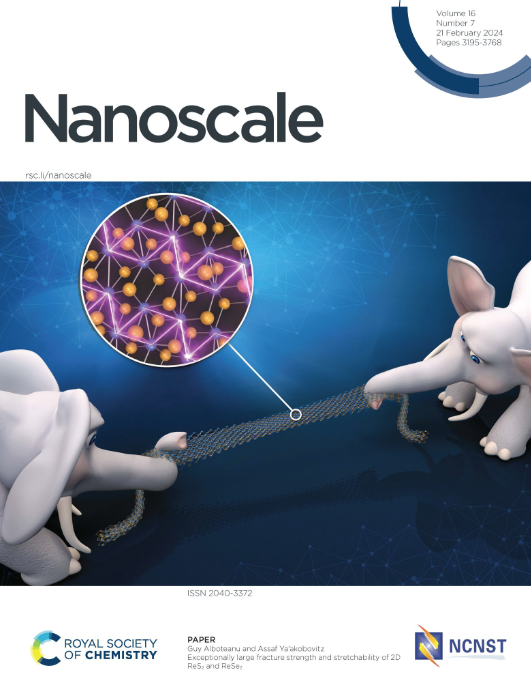Self-reconstruction of FeCoNiMoW high entropy alloy to boost OER activity with robust stability for anion exchange membrane water electrolyzer
IF 5.8
3区 材料科学
Q1 CHEMISTRY, MULTIDISCIPLINARY
引用次数: 0
Abstract
Anion exchange membrane water electrolysis (AEMWE) is a promising advanced strategy for large-scale green hydrogen production. Developing highly active, stable, and low-cost oxygen evolution reaction materials is still challenging. Herein, a core-shell FeCoNiMoW@FeCoNiOOH electrocatalyst was fabricated by in situ self-reconstruction of FeCoNiMoW high entropy alloy prepared via the fast carbothermal shock method. The surface Mo and W as sacrificing agents were etched in the reconstruction of the catalyst to generate more oxygen vacancies and form the FeCoNiOOH-rich medium entropy alloy shell, which is enriched in more active species M-OOH (i.e., NiOOH, CoOOH, FeOOH) to promote the OH adsorption. The medium/high entropy core-shell structure derived from self-reconstruction exhibited not only high activity but also excellent corrosion resistance, evidenced by an overpotential of 246 mV at 10 mA cm-2 and a robust stability of 1000 h at 100 mA cm-2. Moreover, this core-shell FeCoNiMoW@FeCoNiOOH-based anion exchange membrane water electrolyzer demonstrated a low cell voltage of 1.74 V to achieve a practical current density of 1 A cm-2 and exhibited remarkable stability for 430 h with a decay rate of only 0.023 mV h-1. This work provides guidance on designing cost-effective and outstanding corrosion-resistant OER electrocatalysts for anion exchange membrane water electrolysis.FeCoNiMoW高熵合金自重构提高OER活性及阴离子交换膜水电解槽稳定性
阴离子交换膜电解法是一种很有前途的大规模绿色制氢技术。开发高活性、稳定、低成本的析氧材料仍然是一个挑战。以快速碳热冲击法制备的FeCoNiMoW高熵合金为材料,采用原位自重构法制备了核壳FeCoNiMoW@FeCoNiOOH电催化剂。在催化剂的重构过程中,蚀蚀表面Mo和W作为牺牲剂,生成更多的氧空位,形成富feconioh的介质熵合金壳层,该壳层富含活性物质M-OOH(即NiOOH、CoOOH、FeOOH),促进OH的吸附。自重构得到的中/高熵核壳结构不仅具有高活性,而且具有优异的耐腐蚀性,在10 mA cm-2下过电位为246 mV,在100 mA cm-2下稳定性为1000 h。此外,该核壳FeCoNiMoW@FeCoNiOOH-based阴离子交换膜水电解器的电池电压低至1.74 V,实际电流密度为1 a cm-2,并且在430 h内表现出良好的稳定性,衰减率仅为0.023 mV h-1。本研究为设计具有成本效益和优异耐腐蚀性的OER电催化剂提供了指导。
本文章由计算机程序翻译,如有差异,请以英文原文为准。
求助全文
约1分钟内获得全文
求助全文
来源期刊

Nanoscale
CHEMISTRY, MULTIDISCIPLINARY-NANOSCIENCE & NANOTECHNOLOGY
CiteScore
12.10
自引率
3.00%
发文量
1628
审稿时长
1.6 months
期刊介绍:
Nanoscale is a high-impact international journal, publishing high-quality research across nanoscience and nanotechnology. Nanoscale publishes a full mix of research articles on experimental and theoretical work, including reviews, communications, and full papers.Highly interdisciplinary, this journal appeals to scientists, researchers and professionals interested in nanoscience and nanotechnology, quantum materials and quantum technology, including the areas of physics, chemistry, biology, medicine, materials, energy/environment, information technology, detection science, healthcare and drug discovery, and electronics.
 求助内容:
求助内容: 应助结果提醒方式:
应助结果提醒方式:


